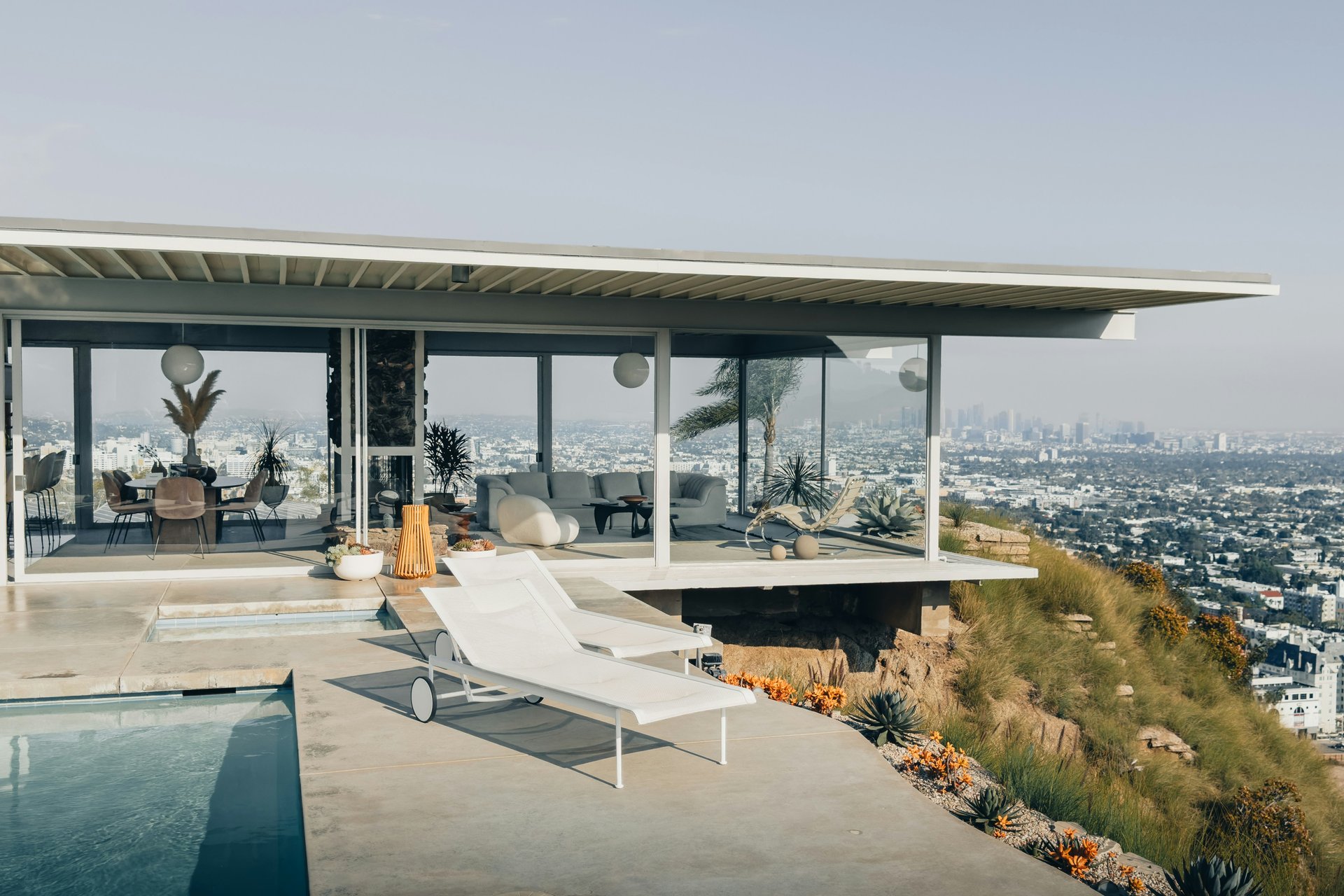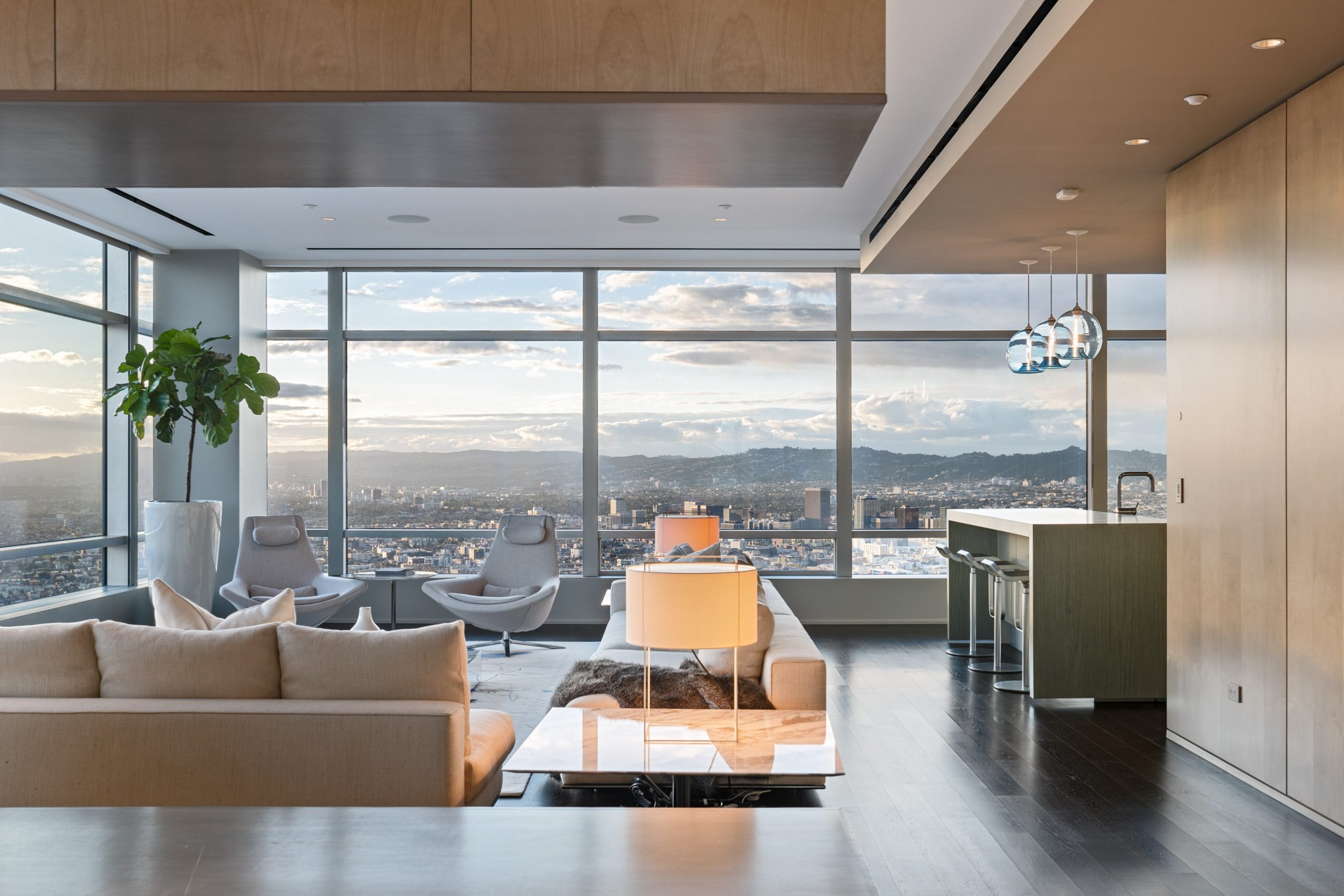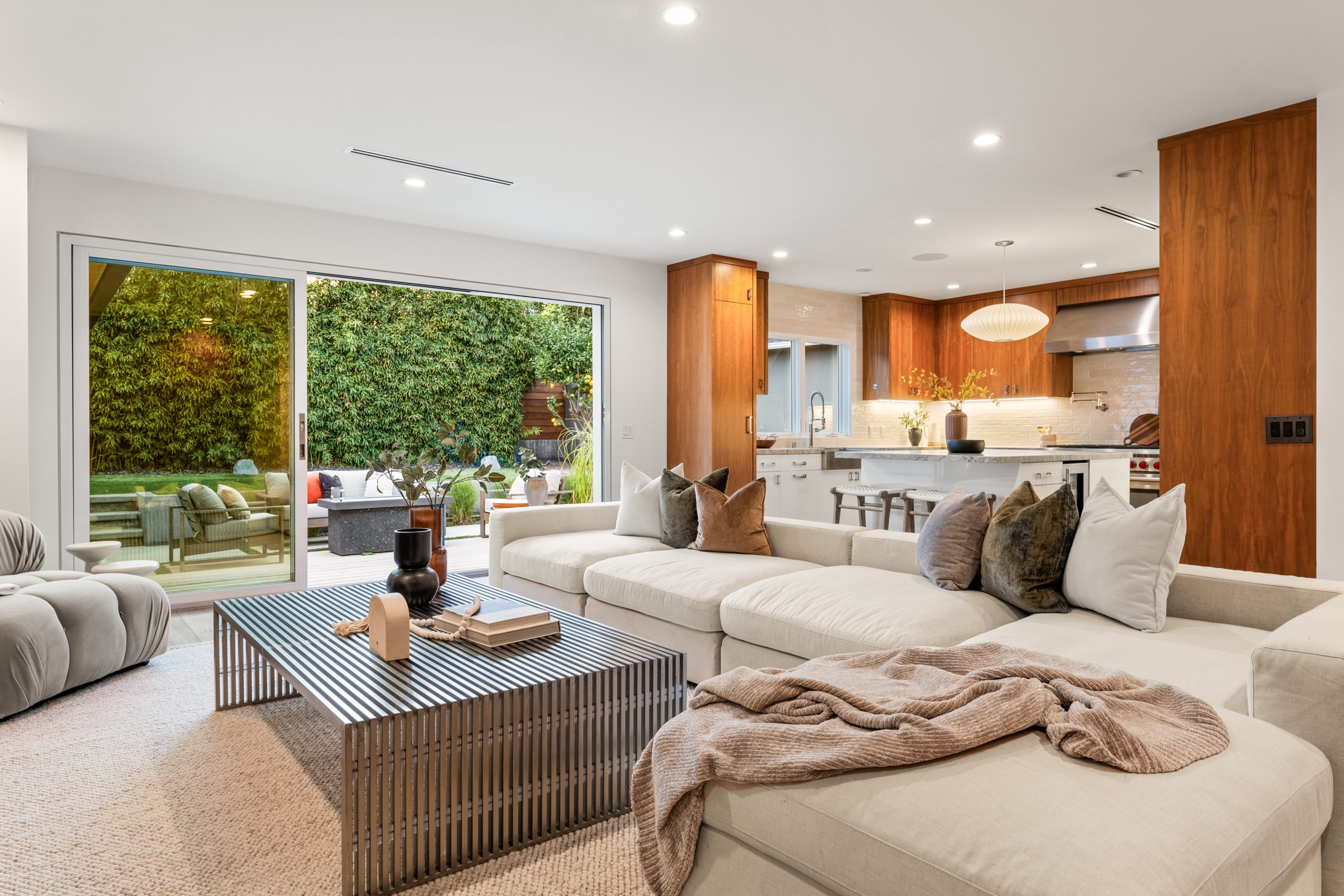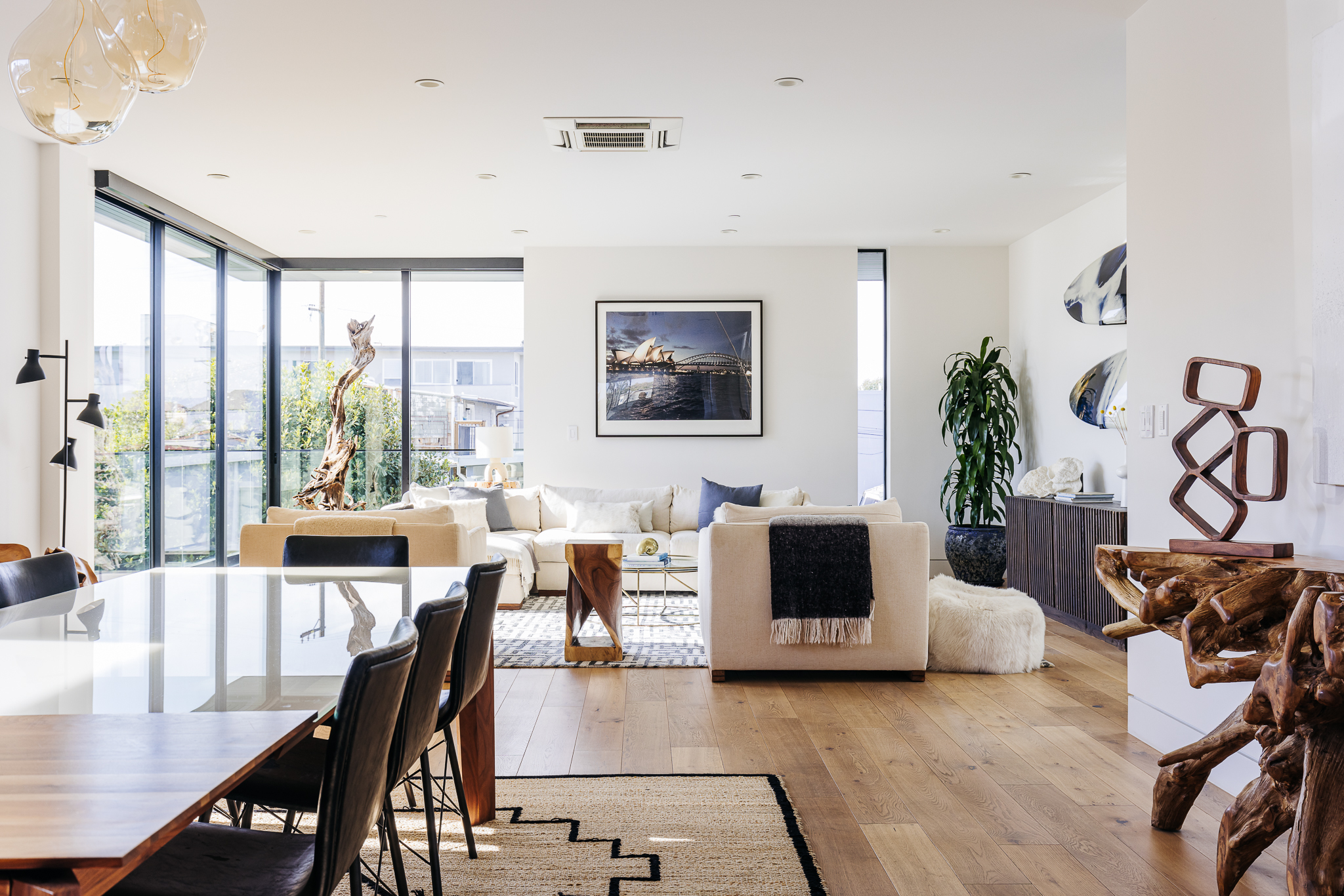Main Content

Natural light is one of the most sought-after features in a home and for good reason. It makes spaces feel bigger, brighter, more inviting, and even more valuable. Homes with abundant natural light tend to sell faster and for higher prices, especially in sunny markets like Los Angeles.
But how do you know if a home truly has great natural light or if it just looked that way in the listing photos?
-
Look at the Orientation of the Home
The direction a home faces has a huge impact on how much light it gets throughout the day.
Direction:
- South-facing homes get the most consistent sunlight all day long (ideal in cooler climates).
- West-facing homes get bright afternoon and evening sun, which can be intense and warm.
- East-facing homes enjoy soft morning light and cooler afternoons.
- North-facing homes receive the least direct sunlight but may offer soft, diffused light all day.
Tip: Use a compass app (not Compass Real Estate’s app!) during your showing or ask the listing agent about sun orientation.
-
Visit at Different Times of Day
Lighting can change dramatically depending on the hour. A room flooded with sun at noon might feel dim and shadowed by 4 p.m.
Tip: If possible, tour the home twice; once in the morning and again later in the day. You’ll get a more accurate sense of light patterns, window glare, and shadowed areas.
-
Check the Size and Placement of Windows
Not all windows are created equal. Consider:
- Large windows or floor-to-ceiling glass offer more light.
- Clerestory or transom windows bring in extra brightness without sacrificing privacy.
- Windows on multiple walls (cross-lighting) help balance illumination and reduce shadows.
Tip: Corner rooms with windows on two or more walls almost always feel brighter and more open.
-
Look for Obstructions
Are there tall trees, neighboring buildings, or roof overhangs blocking the light? These can significantly limit the amount of sun a home gets even if the windows are big.
Tip: Step outside and assess what might be casting shadows, especially on south- and west-facing windows.
-
Consider Interior Finishes and Colors
Homes with lighter wall colors, glossy or reflective surfaces, and fewer heavy window treatments tend to bounce natural light more effectively.
Tip: A home may feel brighter simply because it’s painted in light neutrals and decorated in a minimalist style. Think about how your furniture and finishes would interact with the available light.
-
Evaluate Skylights or Solar Tubes
These are great features in homes with limited wall space for windows. Skylights bring sunlight into bathrooms, kitchens, and hallways that might otherwise feel dark.
Tip: Ask when the skylights were installed and if they include UV protection or shades.
-
Watch for Window Orientation in Key Living Spaces
You want great light in the rooms where you spend the most time: living rooms, kitchens, dining areas, and primary bedrooms.
Tip: Prioritize natural light in these common areas. A darker guest room or hallway isn’t a dealbreaker, but a dim main living space might be.
-
Check the MLS or Listing Notes for Solar Exposure Terms
Some listings will include phrases like:
- “Flooded with natural light”
- “Sun-soaked living room”
- “Bright and airy”
- “Walls of windows”
These aren’t guarantees, but they can be good clues when comparing properties online.
-
Use Your Senses During the Showing
Does the home feel warm and inviting or dim and closed-in? Does it smell musty from lack of air circulation, or fresh and sun-warmed?
Tip: Natural light affects mood. If you feel uplifted when you enter, chances are the light is doing its job.
-
Ask the Right Questions
Don’t be afraid to ask the listing agent:
- What direction does the home face?
- Are there any seasonal changes in light due to nearby trees?
- Have there been any upgrades to windows or skylights?
- Is the home energy-efficient, or does the sun cause overheating?
These questions can help you plan for comfort and energy costs.
Final Thought
Good natural light is more than just a “nice to have” it affects how you live, how a home feels, and even how it photographs when it comes time to sell. Learning how to evaluate it like a pro will help you make a smarter, more satisfying investment.
At the Stephanie Younger Group, we help buyers assess everything from floor plans to solar exposure. We know how to spot the homes that feel good—and photograph beautifully.

















